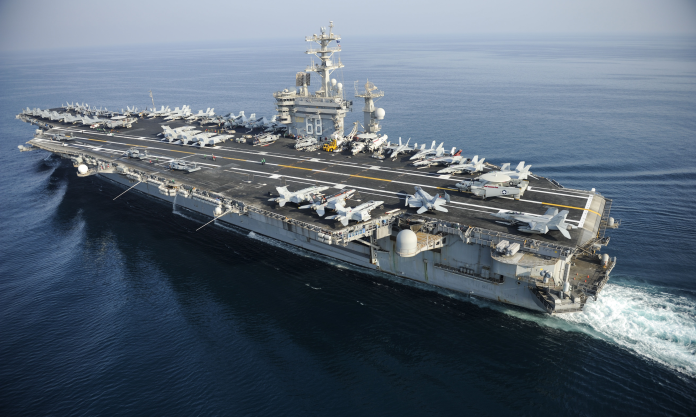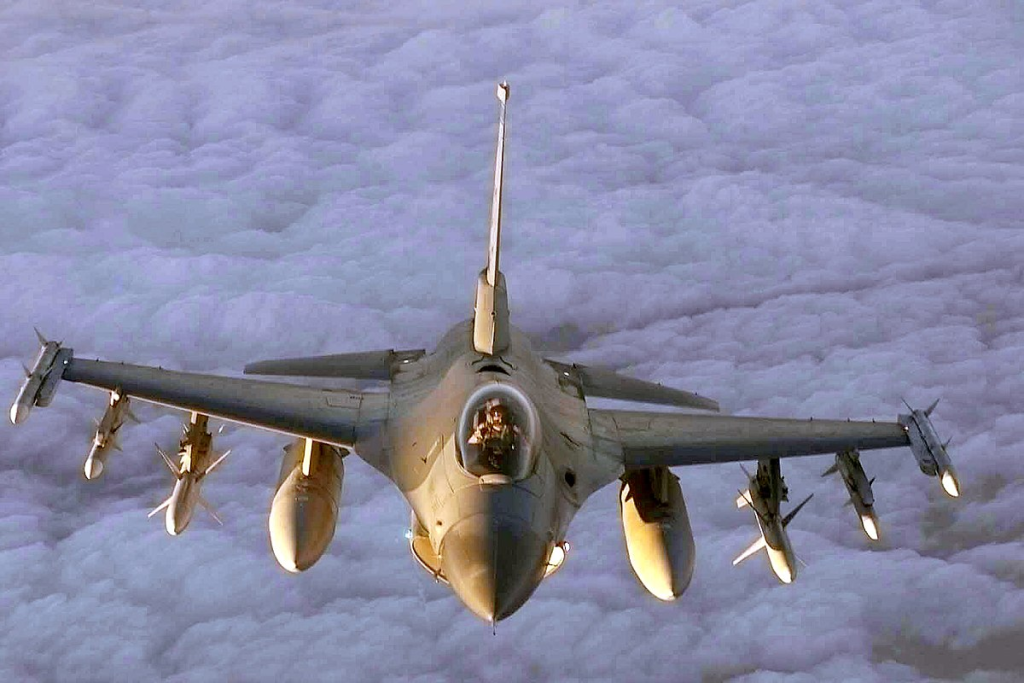
Can a single vessel alter the complexion of naval combat? In the twentieth century, some U.S. aircraft carriers actually did that altering military strategy, developing new technology, and shaping the Navy’s presence worldwide. These ships are more than airborne bases afloat; they are synapses of creativity, resilience, and force projection.
From early carrier tests to the latest nuclear-powered giants, the American carriers of the U.S. Navy are setting standards other countries can only try to keep up with. Every vessel on this list reached its position based on a mixture of technological and historical importance, and they have left behind a legacy that still shapes naval battles today. Here are five of the most incredible carriers ever to fly the American flag.
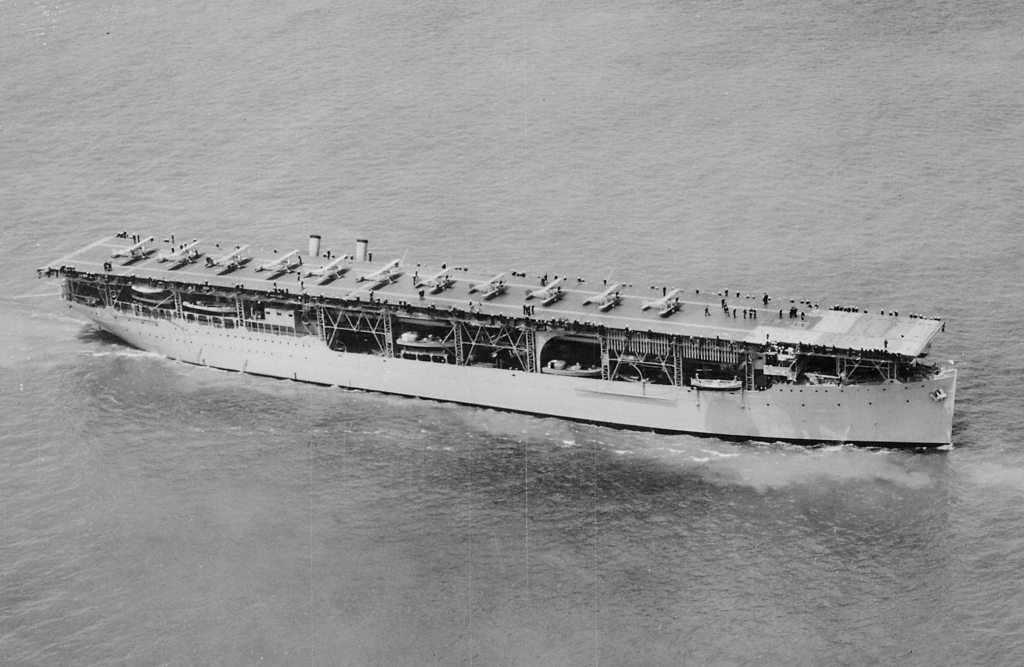
1. USS Langley (CV-1): The Beginning of U.S. Carrier Aviation
USS Langley was commissioned on 20 March 1922 and was originally the collier USS Jupiter. She was converted to the Navy’s first aircraft carrier. She was named after aviation pioneer Samuel P. Langley, and she was also the first turbo-electric-powered ship in the Navy. Langley brought a string of historic firsts: on 17 October 1922, Lieutenant Virgil C. Griffin took off from her deck in a Vought VE-7 the first U.S. carrier takeoff. Nine days later, Lieutenant Commander Godfrey D. Chevalier landed first in an Aeromarine 39B, and on 18 November Commander Kenneth Whiting was catapulted for the first time from her deck by an aviator.
Langley during the 1920s was an unarmed flight and deck proving area, and landing, launching, and recovering techniques were established there and applied directly to later carriers such as Ranger, Lexington, and Saratoga, which had longer and heavier flight decks. Rebuilt as a seaplane tender in 1937, Langley’s wartime service ended during World War II when Japanese bombers struck her off Java on February 27, 1942. She was badly damaged and was intentionally sunk to prevent her from falling into enemy control, ending an era of trailblazing naval aviation.
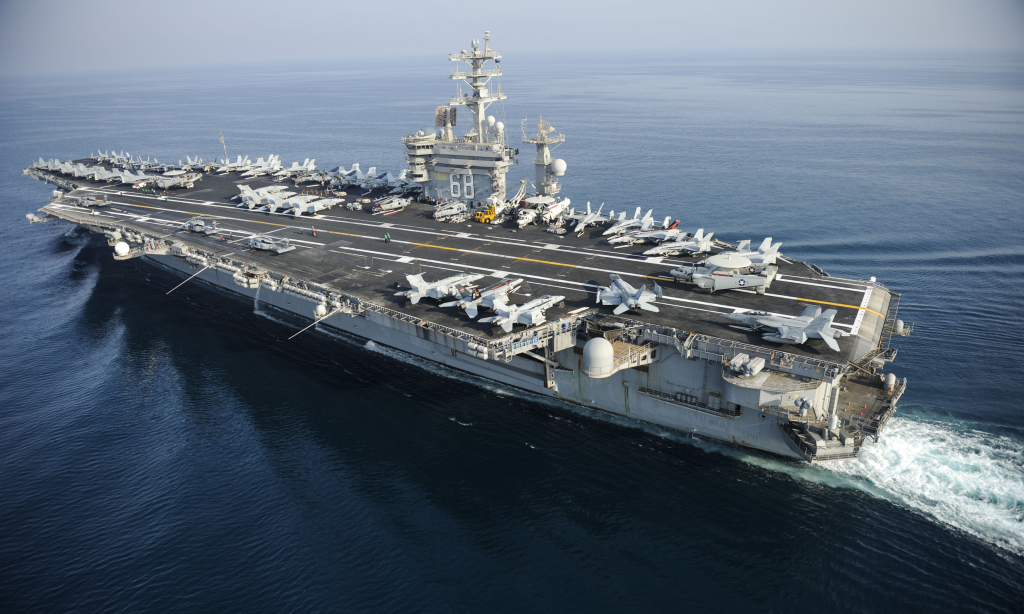
2. USS Nimitz (CVN-68): The Cold War Workhorse
Commissioned on May 3, 1975, the USS Nimitz was the lead ship in the Nimitz-class supercarriers and was 1,092 feet long with a displacement exceeding 100,000 tons. Powered by two nuclear reactors, she had an endurance which could keep her at sea for well over 20 years without refueling, enabling prolonged deployments across the globe. Her four-and-a-half-acre flight deck supported air wings of 60–70 aircraft like F/A-18 Hornets, EA-18G Growlers, and E-2 Hawkeyes.
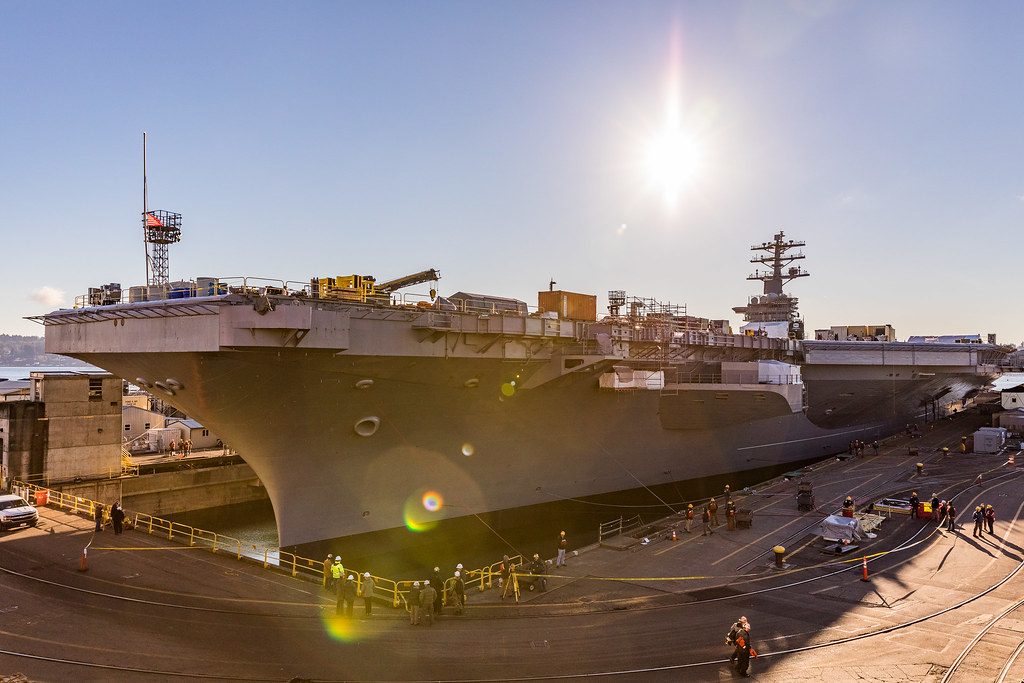
Nimitz’s career ranged from the Cold War to Operation Eagle Claw in 1980 and the war in Afghanistan and Iraq after 9/11. She enforced no-fly zones above Iraq, took part in NATO exercises, and ensured freedom of navigation in the South China Sea. Multiple Refueling and Complex Overhauls kept her systems current, from upgraded radar to improved defensive weapons such as the Phalanx CIWS and Sea Sparrow missiles. Decommissioned after her last deployment in spring 2026, Nimitz’s fifty-year existence is a testament to the longevity and sturdiness of the American carrier design.

3. USS Lexington (CV-16): The Pacific War Veteran
Ordered in 1942 as part of the Essex-class the largest carrier class ever built by the U.S. the USS Lexington commissioned in 1943 and fought in nearly every major Pacific campaign of World War II. Her air group, originally 89 aircraft strong and including F6F Hellcats, SBD Dauntless dive-bombers, and TBF Avenger torpedo bombers, won the day in battles such as the Philippine Sea and Leyte Gulf.
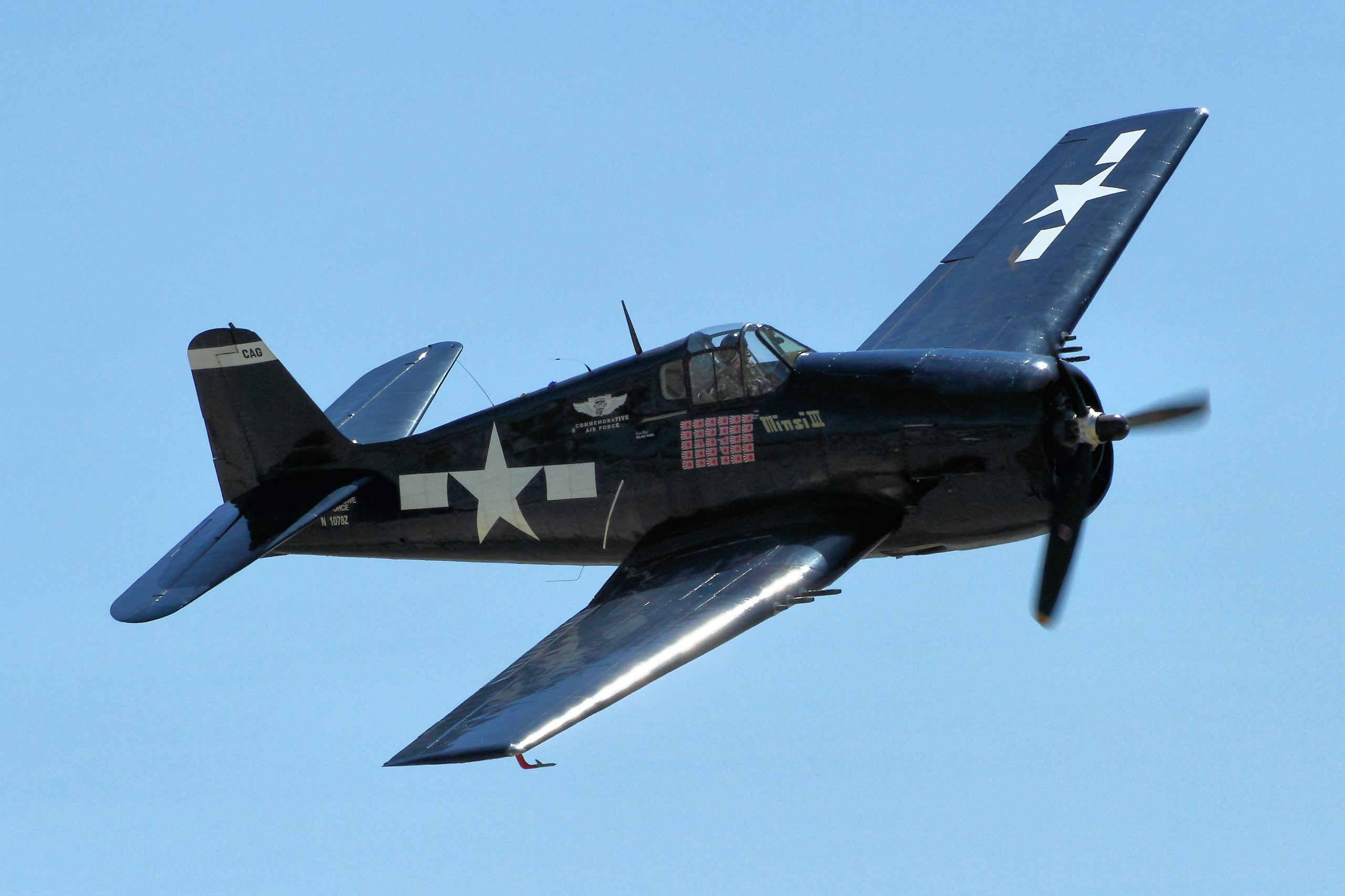
Lexington follows the development of carrier warfare, from reconnaissance accompaniment to front-line strike. Refurbished after the war to accommodate jet planes and nuclear-era ordnance and serving during the Cold War decades to her decommissioning in 1991, she is now a museum ship, salvaged in Corpus Christi, Texas, but nevertheless a poignant illustration of how carriers supplanted the battleships as the Navy’s primary strike arm, taking the battleships’ place of strategic predominance.

4. USS Gerald R. Ford (CVN-78): The Future of Carrier Power
In 2017, the USS Gerald R. Ford was commissioned as the leader of her class and the world’s most advanced aircraft carrier. With a displacement of around 100,000 tons and a powerplant of two A1B nuclear reactors, she can carry over 75 aircraft, including F-35C Lightning II fighter-bombers. Her Electromagnetic Aircraft Launch System (EMALS) replaces steam catapults, allowing for smoother launches and less airframe stress. The Advanced Arresting Gear (AAG) improves landing safety and efficiency.
Ford’s advanced automation enables her to be crewed at lower levels, reducing long-term expense. Advanced radar, close-in defense systems, and increased sortie rates to 33 percent greater than the Nimitz-class carriers are making her a cornerstone of 21st-century naval policy. As the vessel on which future U.S. carrier operations will be established, Ford is the crowning achievement of technological progress spanning decades.
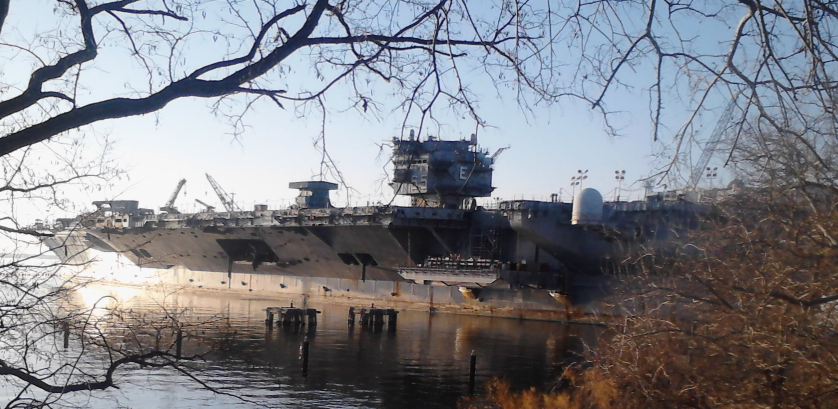
5. USS Enterprise (CVN-65): The Nuclear-Powered Pioneer
It was commissioned in 1961, and the USS Enterprise was the world’s first nuclear-powered aircraft carrier, with eight Westinghouse A2W reactors powering her, which gave her an essentially unlimited range. She was 1,123 feet long and weighed over 94,000 tons and had a “Triple 4” deck four elevators, four catapults, and four arresting wires and could carry up to 90 aircraft. Enterprise also featured onboard SCANFAR phased-array radar, which set the standard for future carriers.
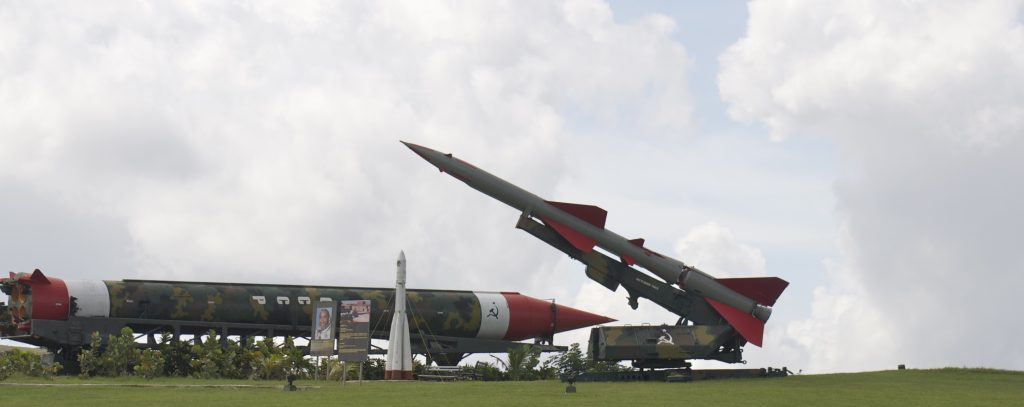
Her flying record was unparallelled: after John Glenn’s Friendship 7 capsule in 1962, enforcing the Cuban Missile Crisis quarantine, soloing around the world on a single tank of gas in 1964, and commanding strikes in Vietnam. In later years, she enforced no-fly zones over Iraq and the Balkans, and returned to combat duty post-9/11 in Afghanistan and Iraq. Retired in 2012 following 25 deployments, Enterprise’s mix of endurance, flexibility, and innovation solidified her place among the most legendary ships in Navy history.
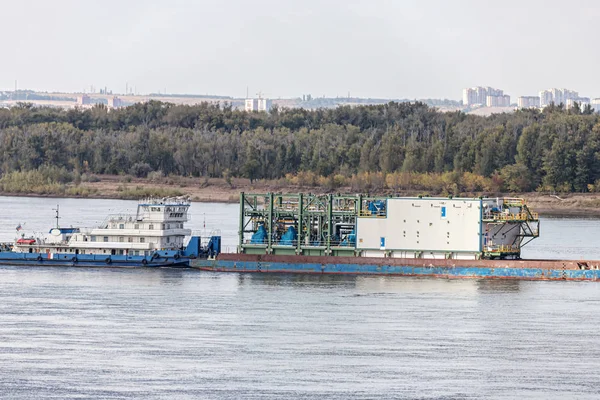
From the pioneering carrier USS Langley to the advanced USS Gerald R. Ford, these five carriers follow the arc of American naval progress. Both were a product of the strategic requirements of their time and of the then-existing technological capability, yet all had the same ultimate objective: projecting American power overseas. Their legacies live on not merely in subsequent ships but also in doctrine, technology, and tradition they helped to create. To naval men and military historians, they remain a standard by which a carrier’s performance is measured.
